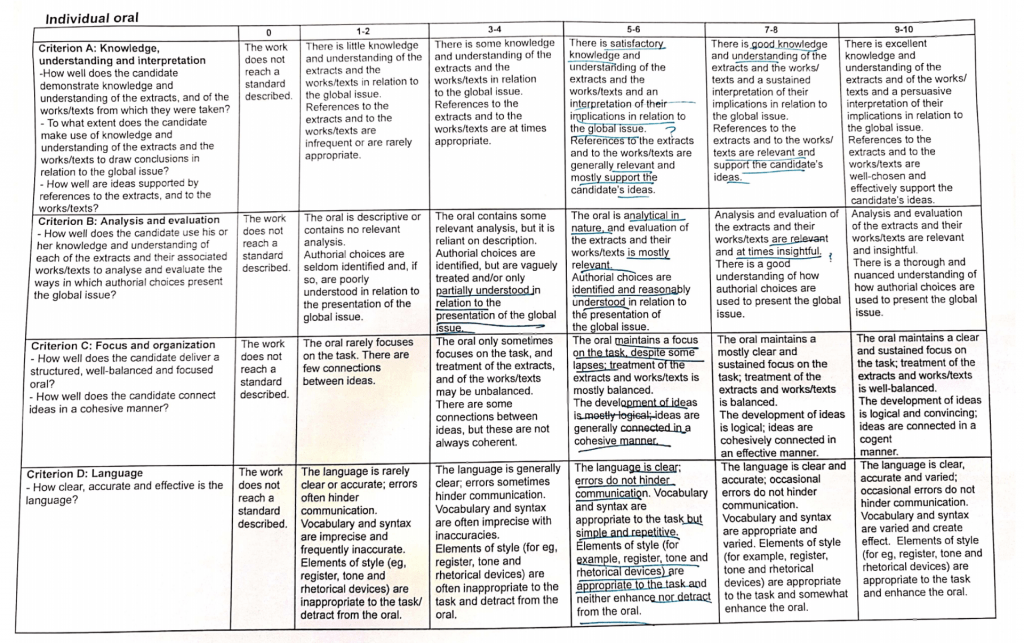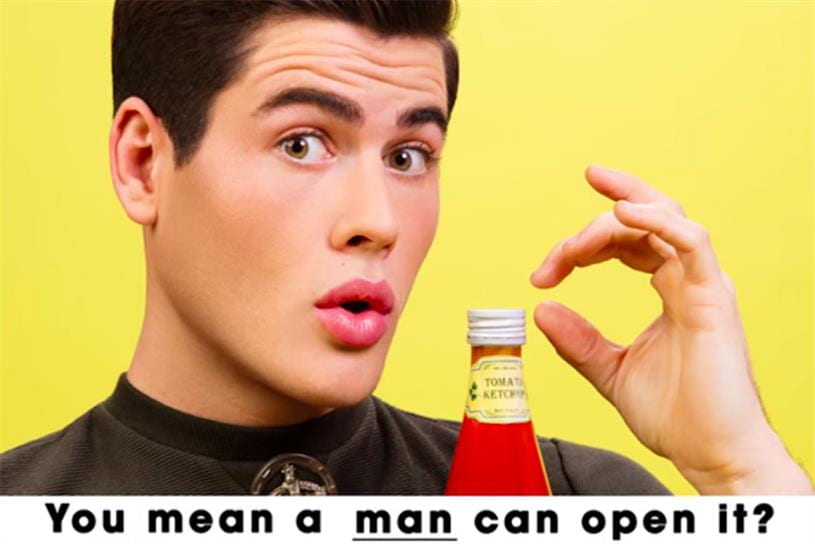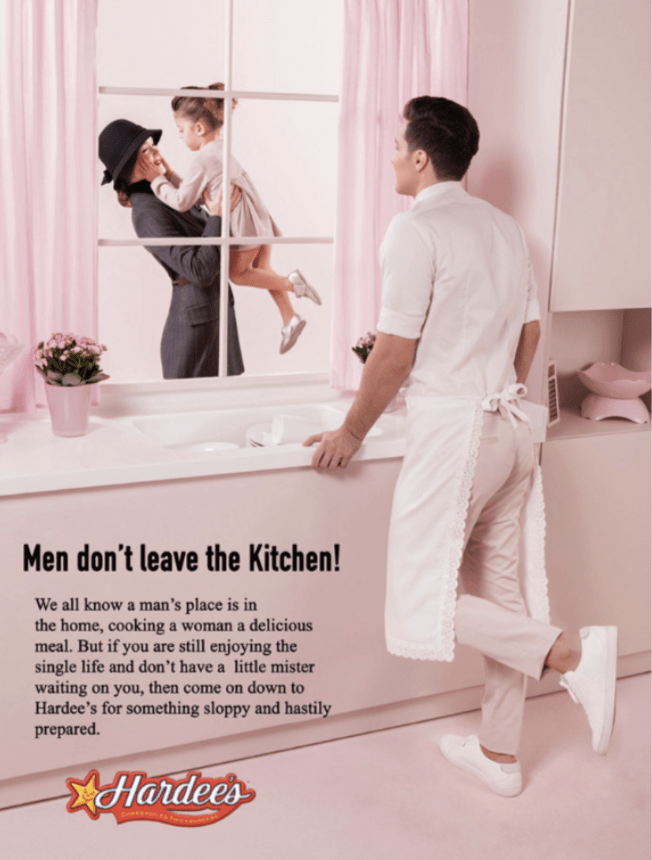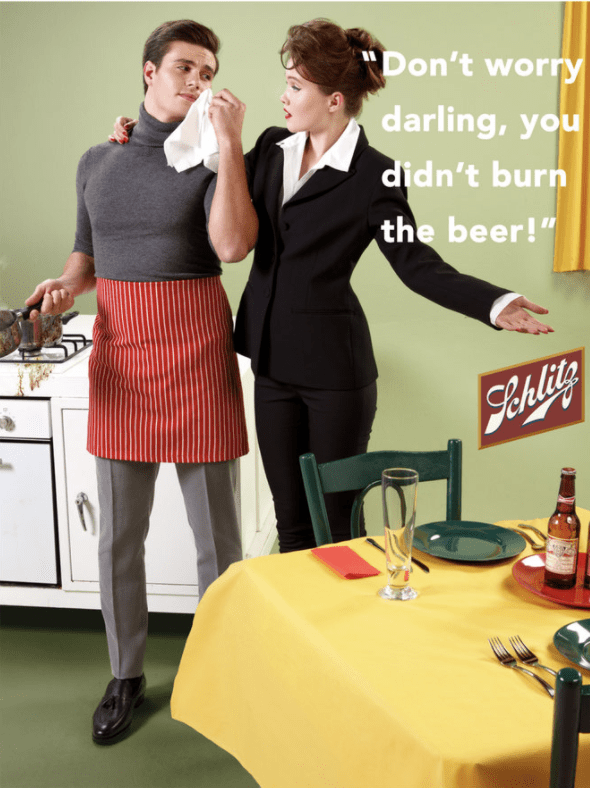What went well:
- Decent close analysis was able to convey the things I have planned to within the time
- Was able to link the works consistently with the issues
How prepared you felt:
- I didn’t write an essay to remember off, I had prepared the structure and detailed ideas of what I am going to say in each section. I also feel like I have understood the works enough for me to be comfortable and flexible with the way I speak. I would say I generally felt prepared, but since I don’t really know word for word of what I am going to say, there was a bit of anxiety.
How you responded to the questions:
- The questions were definitely the most nerve-racking part as I don’t really have a clue of what is going to be asked. Particularly, in my case, my partner asked me about how the context of the literary work may change the way the works are interpreted. I think I was able to answer this question pretty well as I understood enough of the context to build my own interpretation. However, when he asked about how the issue may be prevalent to modern days, ideas were less intuitive as I dont really know too much about the political world, some basic understanding but nothing insightful.
What improvements you need to make over the next 10-14 days
- I definitely need to rehearse my notes so I can have a bit more confidence in myself in terms of presenting my ideas. I think I also need to bring in more technical terms and analyze micro details succinctly.
- I also want to prepare more for the questions and so I would ideally spend my time learning more about the BoW and the context. Also, within our modern society, perhaps look at some examples and have an understanding of its relation to the issue of state violence.
What mark you would give it and why:
- I would give myself around 28 because although I felt like I did present my ideas properly, upon listening back to it, I think I need a better structure. I need to make the ideas flow and build upon each other as it felt as though I was going back and forth at times with some of the ideas. Also, I think I have missed out on some of the simpler ideas in terms of the close analysis, like for Nash’s art, I completely forgot about the color schemes he uses in his BoW.












